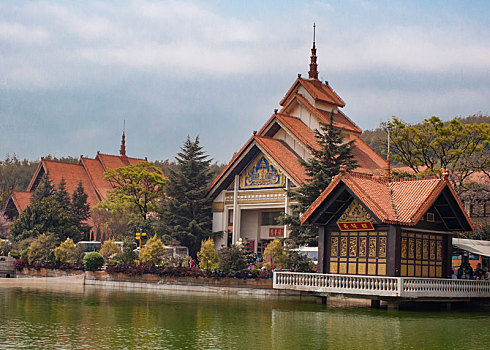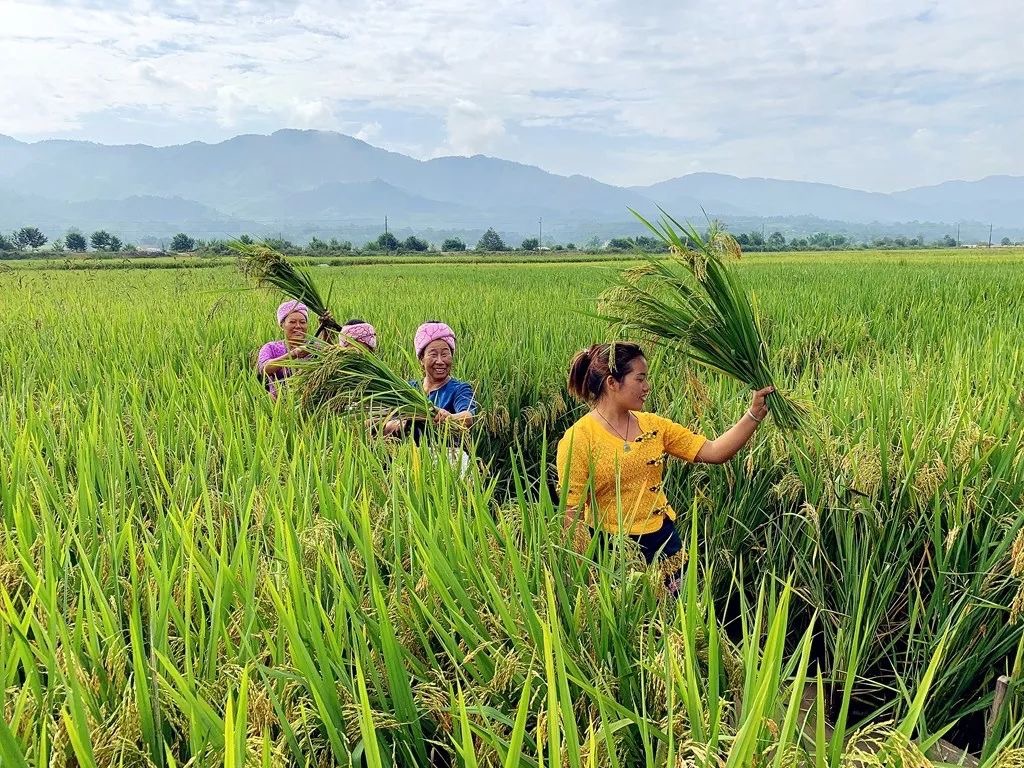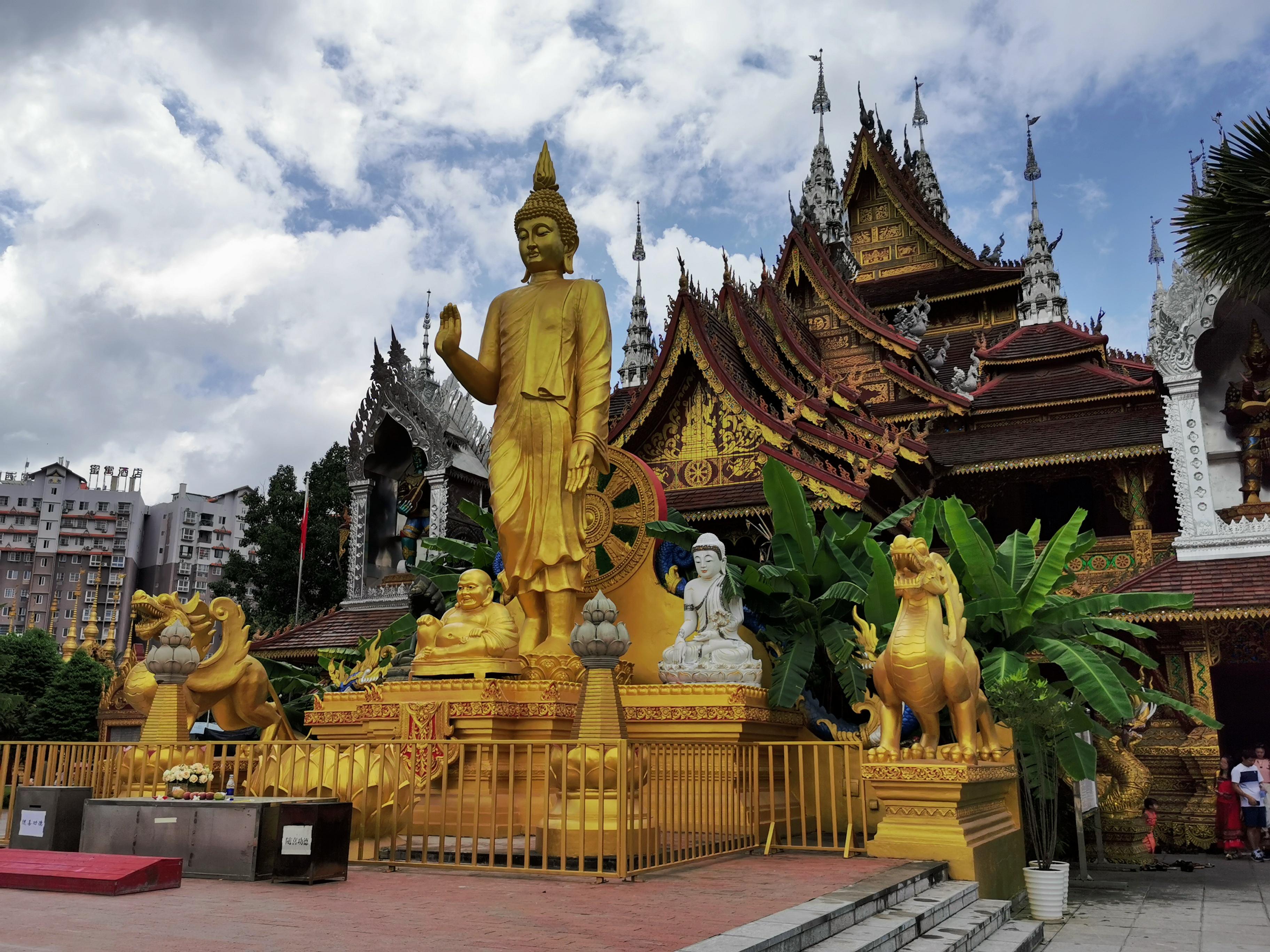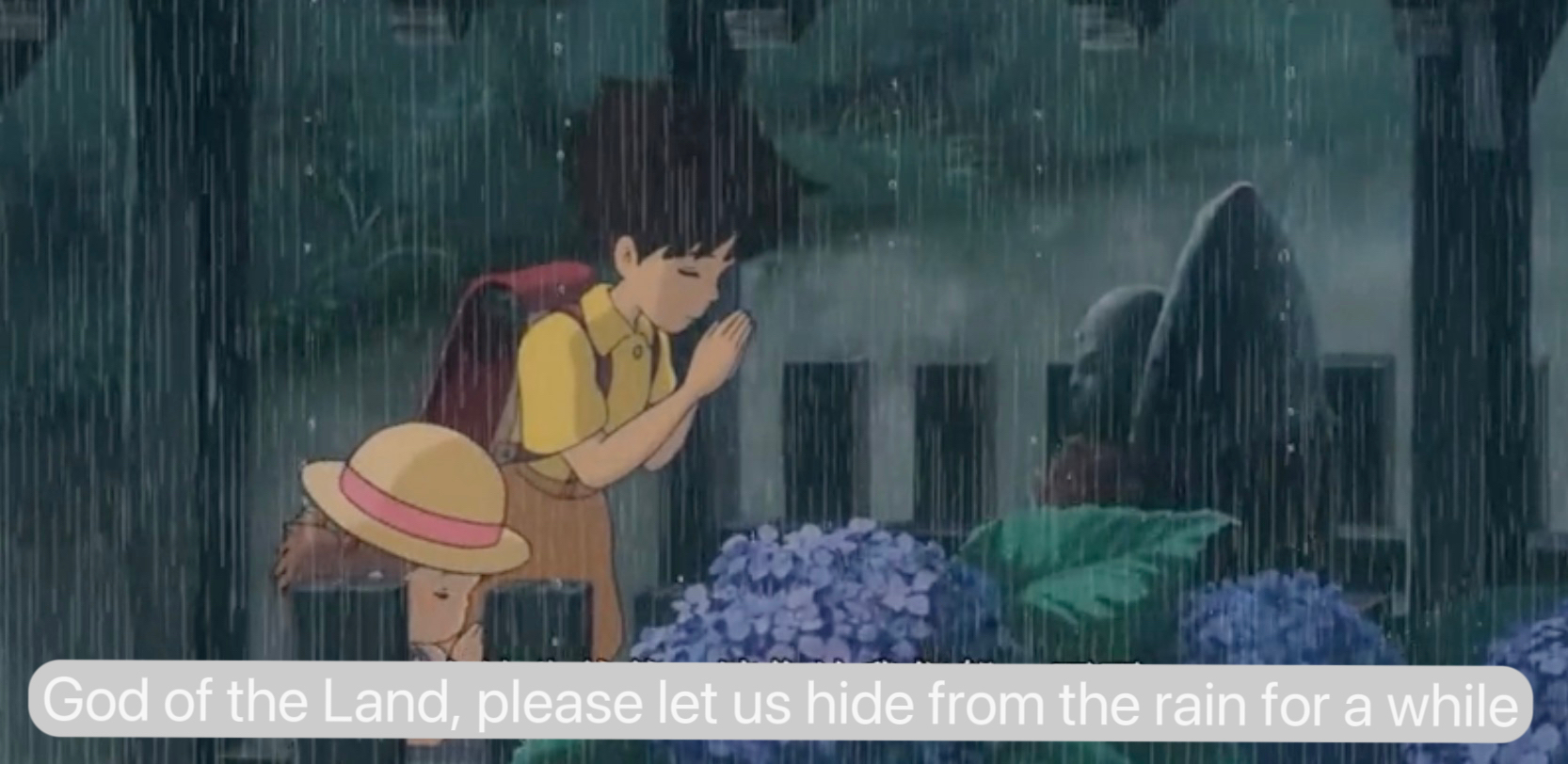
A Life in Harmony with Nature

A Dai proverb of ancient times, bamboo houses and water-dwelling expresses their belief that water is the origin of life and wealth. Many Dai villages are set up along rivers, where stiltedbamboo houses provide natural cooling for the homes in Yunnan's tropical climate (Chen, 2014). These elevated houses, off the ground, are comparable to the way Totoro's world is structured within the natural world, where animals and humans live respectfully with the trees, rivers, and soil.

Rice cultivation is at the center of Dai life, and it is not merelya source of food but a way of life, as in the pastoral agricultural idylls of My Neighbor Totoro. The Xishuangbanna plains are ideal for cultivating rice, and rice is not only a staple crop but also a metaphor for the people's intimate relationship with the land.Agriculture in Dai culture is not just a survival strategy but a mode of being in tune with nature, as the film also depicts humans relying on the environment for survival and joy.
Faith and Spirituality: The Influence of Theravāda Buddhism
In contrast to most Chinese ethnic communities, who practice Mahayana Buddhism, the Dai are Theravāda Buddhists because they have more in common with the neighboring cultures of Thailand, Myanmar, and Laos. Faith is an integral part of all aspects of their lives, from temple rituals to village festivals (Granderson, 2015). Theravāda Buddhism promotes a life of respect for all life, and this can be seen in the respect that is accorded to nature and spirits in My Neighbor Totoro. The idea of sacralized space like that of the camphor tree in the film calls to mind Dai sacred trees and temples. The sacrifices in the film also call to mind Dai villages' ubiquitous small altars and spirit houses, on which food, flowers, and incense are left to placate unseen forces.
 .
. 
Through their traditions, architecture, and religion, the Dai people exist in coexistence with nature rather than transforming it. Their ideas and practices build a world in which nature is not merely a resource but a living entity to be respected as well, much like the idealized, mystical world of Totoro.